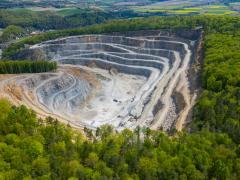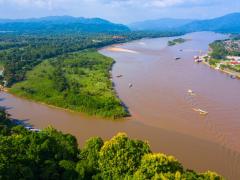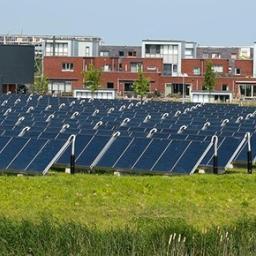Projecting long-term armed conflict risk: An underappreciated field of inquiry?
Interest in potential armed conflict risks following climate change impacts is increasing among scientists and policymakers. But until today, little research has been done on projecting the possible long-term conflict risks. This article provides insight in why it is so difficult to make these scenario projections. And although making these projections is surrounded by uncertainty, the article also argues why making them is necessary in shaping sustainable future policy agendas.
Climate change impacts have a two-way interaction with conflict. On the one hand because climate change could affect the likelihood and prevalence of armed conflict through its impacts on conditions that are known to increase conflict risk, such as loss of income and frustration over poor governance responses. On the other hand because social trade-offs of climate change are sensitive to armed conflict, such as poverty, health issues and hunger. Thereby, the outbreak of armed conflict can obstruct climate mitigation and adaptation efforts by weakening governance structures and by increasing environmental degradation.

Little emphasis on long-term conflict projections
Although conflict has a devastating effect on sustainable development efforts, there is little knowledge on long-term projections of conflict risk in response to climate change. This can mostly be attributed to methodological difficulties. The article provides five methodological complications. An important one being the fact that the interplay between the drivers of conflict are not constant over time, but depend on the specific context. This makes it challenging to take historical relations as a fixed starting point for long-term projections. The potential indirect and direct security impacts of climate change may in particular become more prominent when these impacts worsen. Beside methodological difficulties limited scientific progress in developing long-term conflict risk projections relates to their perceived limited applicability or merit in decision-making processes.
Useful and necessary purposes for long-term conflict risk projections
Although conflict risk projections linked to climate change are highly uncertain and rather abstract for policy makers, the article argues that these conflict projections can serve at least three relevant purposes. First, highlighting regions at particular risk that deserve attention in conflict-sensitive climate adaptation and conflict prevention efforts. Second, spurring discussion between different actors stimulating a shared understanding of short- and long-term conflict risks. And third, conflict risk scenarios can be integrated in the wider field of scenario advances for sustainable development in general and climate change more specifically.
Authors
Specifications
- Publication title
- Projecting long-term armed conflict risk: An underappreciated field of inquiry?
- Publication date
- 26 November 2021
- Publication type
- Article
- Page count
- 5
- Publication language
- English
- Magazine
- Global Environmental Change
- Issue
- 2022-72
- Product number
- 4755




